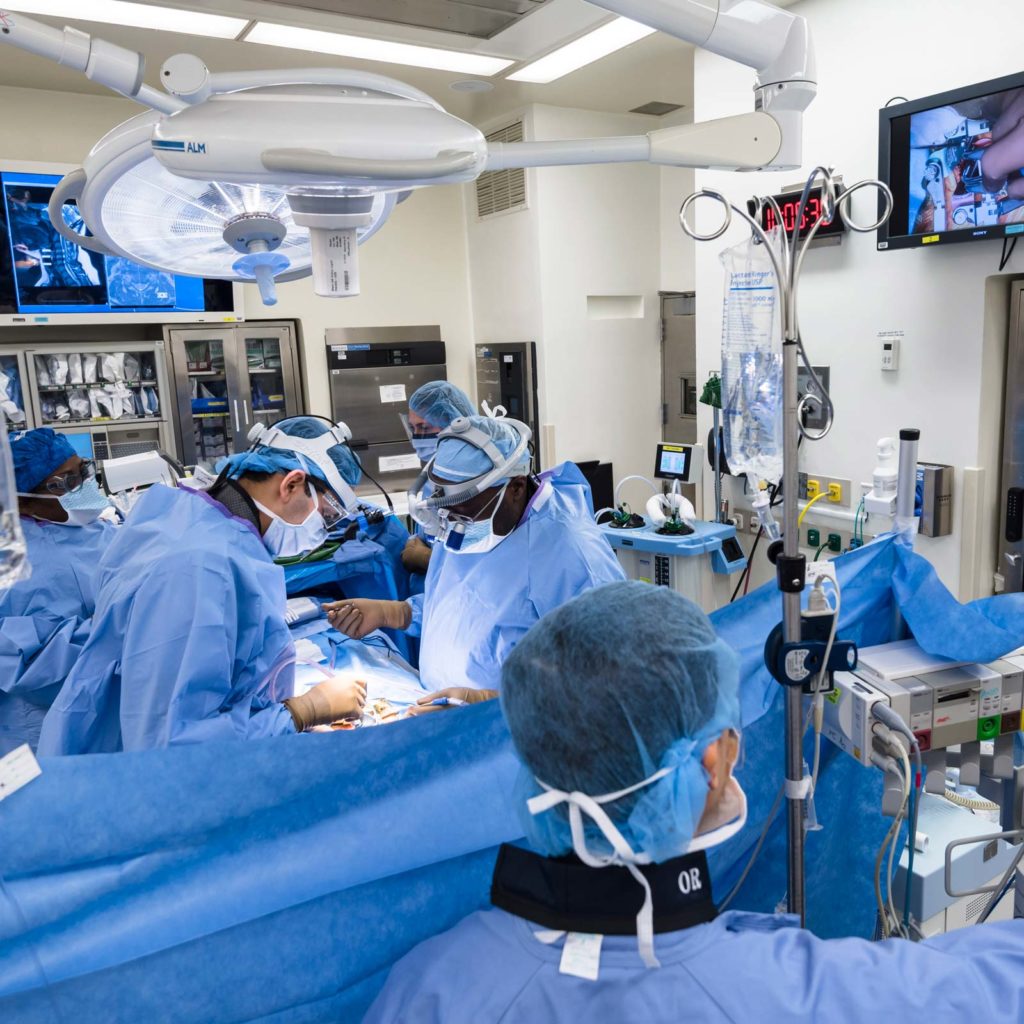What you need to know about a Spinal Cord Tumor Procedure
Contents
- 1 What you need to know about a Spinal Cord Tumor Procedure
- 2 What Does the Procedure Involve?
- 3 How Long Should You Stay at the Destination?
- 4 How Long is the Recovery Time?
- 5 What Aftercare Should You Consider?
- 6 What is the Success Rate for a Spinal Cord Tumor Procedure?
- 7 Are there Alternatives to a Spinal Cord Tumor Procedure?
- 8 What Should You Expect Before and After the Procedure?
To determine a treatment plan for spinal cord tumor, your doctor must take into account your overall health, your age, the type of the tumor, and whether the tumor arises from the structures of the spine or has spread from other parts in your body. The main aim of spinal cord tumor treatment is to eliminate the tumor completely. The treatment options are surgery, radiation therapy, and chemotherapy.
What Does the Procedure Involve?
Surgery is usually recommended for tumors that can be removed with an acceptable risk of nerve injury or spinal cord damage. The procedure is performed under general anesthetic and your surgeon will try to remove as much of the tumor as possible. Sometimes, radiation therapy or chemotherapy is used with or instead of surgery if the tumor is located in areas that cannot be operated on or the tumor is cancerous. High powered energy beams are used to kill cancer cells in radiation therapy, while drugs are used to destroy or stop cancer cells from growing in chemotherapy.

How Long Should You Stay at the Destination?
You may need to stay in the hospital for about 8 days after the surgery, but you should aim to stay in the local area for at least 14 more days. If you undergo therapy, your length of stay is determined by the number of cycles needed for your case.
How Long is the Recovery Time?
Recovery from spinal cord tumor treatments may take weeks or months, but you should be able to return to work within 6 to 8 weeks. With therapy, you should be able to return to most of your activities the next day or when you do not experience any symptoms that interfere with your ability to work.
What Aftercare Should You Consider?
Your doctor will give you a set of instructions that you need to follow, which may include diet, restrictions, and exercises. It is really important to eat a healthy diet rich in vegetables, fruits, and whole grains as well as getting enough sleep. Make sure you schedule follow-up checkups either with your local doctor or your doctor back home so they can monitor your condition.
What is the Success Rate for a Spinal Cord Tumor Procedure?
Spinal cord tumor treatment is effective, successful, and safe. However, the success rate depends on how early the treatment is performed. It is important to get informed about the side effects and risks, which include infection, bleeding, nerve damage, fatigue, nausea, vomiting, and hair loss.
Are there Alternatives to a Spinal Cord Tumor Procedure?
If you have small tumors that are not growing or pressing on nearby tissues, your doctor may recommend careful watching by getting periodic MRI or CT scans to monitor your tumor. Another alternative is acupuncture, but this procedure is only used to relieve symptoms instead of curing cancer.
What Should You Expect Before and After the Procedure?
Spinal cord tumors can be dangerous, cancerous, cause uncomfortable symptoms, and life-threatening. After treatments, you should not feel the symptoms you experienced before and your life may be prolonged. Treatments may even put you in remission, meaning there are no cancer cells detected in your body anymore.
Please watch this short video for a better understanding of Spinal Cord Tumor from a patient’s viewpoint.
To check prices or to book a Spinal cord tumor Procedure in Thailand or anywhere else in the world, head on over to MyMediTravel now!

